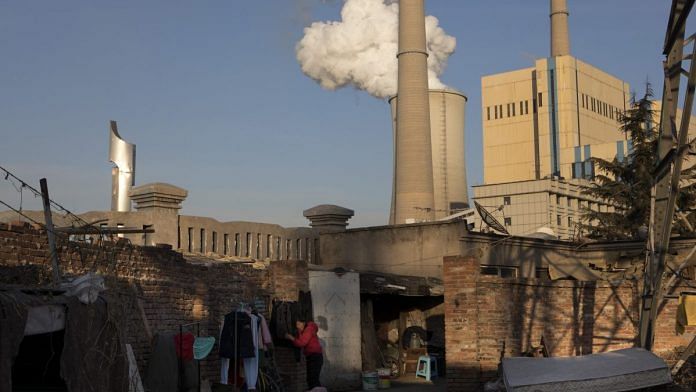Threats from nuclear weapons & climate change have exacerbated, says the Bulletin of the Atomic Scientists, taking us closer to global annihilation.
New York: Guided by concerns about nuclear proliferation, global warming and cybersecurity, the Bulletin of the Atomic Scientists has kept the minute hand of its 72-year-old Doomsday Clock at 2 minutes until midnight, the closest humanity has been to Armageddon since 1953, when the US and the Soviet Union first detonated hydrogen bombs.
“A new abnormal: It is still two minutes to midnight,” reads the 2019 release. “Humanity now faces two simultaneous existential threats, either of which would be cause for extreme concern and immediate attention. These major threats—nuclear weapons and climate change—were exacerbated this past year by the increased use of information warfare to undermine democracy around the world, amplifying risk from these and other threats and putting the future of civilization in extraordinary danger.”
The scientists and experts who evaluate global risks and decide what the clock should read have seen heightened and increasing threats for several years. The clock jumped two minutes forward in 2015, to three minutes to midnight, propelled by “unchecked climate change and the modernization of already enormous nuclear arsenals. It ticked ahead 30 seconds in both 2017—then influenced by statements by incoming U.S. President Donald Trump regarding the use of nuclear weapons—and 2018, when the Bulletin declared that the world security situation is “as dangerous as it has been since World War II.”
What became known as the Doomsday Clock started life in 1947, when editors of the Bulletin of the Atomic Scientists shifted its format from a newsletter to a magazine and hired artist Martyl Langsdorf to come up with a cover for the re-launch. The clock became a Cold War icon, putting a number, however impressionistic, on exactly how paranoid everybody should be about the end of civilization. The first clock was set at seven minutes to midnight.
Since the end of the Cold War, the clock has adapted to reflect such threats of the modern era as climate change, cybersecurity and nuclear proliferation.
In 2019, just as there is no shortage of destabilizing global risks, there is no shortage of attempts to gauge them, including the World Economic Forum Global Risks Report, Aon Plc’s global terrorism and political risk maps, the Bloomberg News Pessimist’s Guide to the year ahead, and Carbon Clock.
Also read: Plants can ‘hear’ pollinators, and a lonely snail goes extinct



